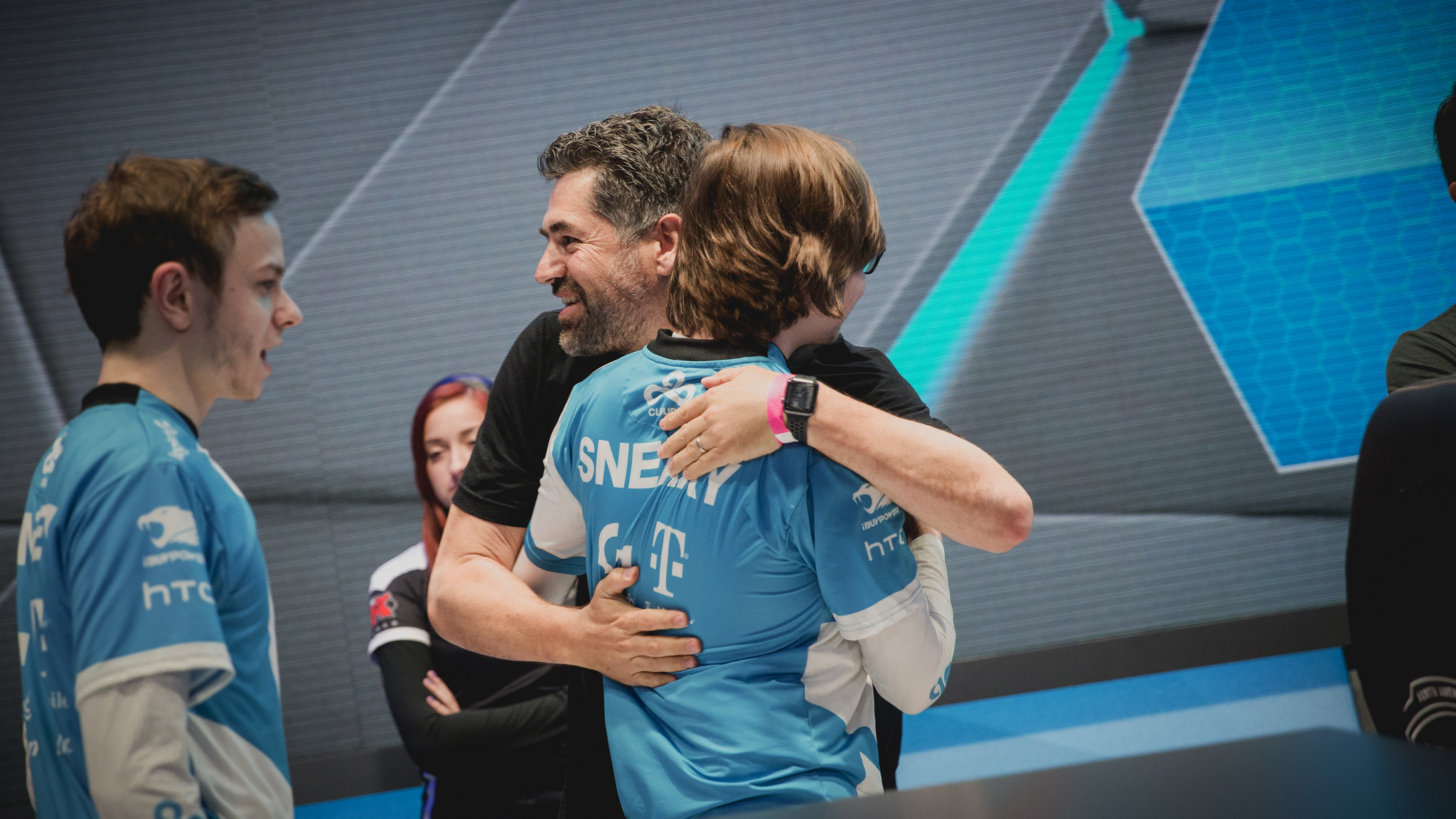This year has been fantastic for Cloud9, one of North America’s longest-standing esports clubs, and its loyal fanbase. Cloud9 proved, yet again, that they are NA’s best team on the international stage by advancing at Worlds to the quarterfinals, a feat that the region’s other teams couldn’t accomplish. The organization has also been accepted into the highly-anticipated Overwatch League as the London Spitfire. This past weekend, the CS:GO team finished in the semifinals at IEM Oakland after a rallying upset in the quarters. Despite all the organization’s success in other games, though, CEO and co-founder Jack Etienne was still gunning for more: Cloud9’s acceptance into the new NA LCS. “When I set my goals for the year–—this was my top priority,” Etienne told Dot Esports. “This is the game that I love, and I’ve spent more time on it than anything else.” League is where Etienne began his journey towards running an esports dynasty. He started as TSM’s general manager in 2011 and founded Cloud9 a year later. Becoming a franchise meant that Cloud9 would no longer have to worry about relegation, welcoming in longer-term partnerships with bigger sponsors. It could mean more outreach to the fans, higher salaries for players, and maybe even Cloud9’s very own esports facility. Luckily for Cloud9, it made the cut. But the team’s 2017 League roster may not stick together to see it through.
The weight of franchising
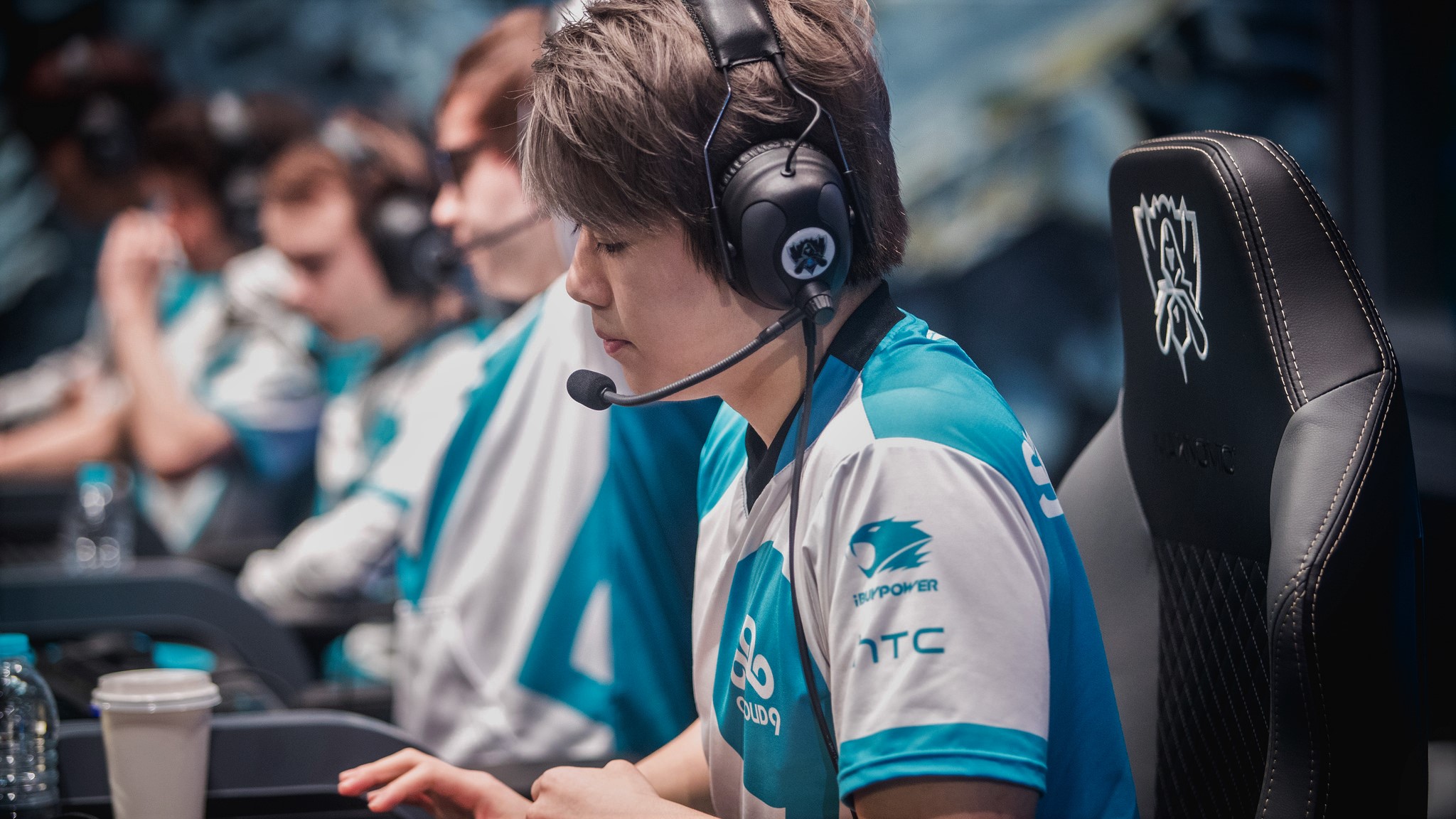
Whether you’re pro-franchising or against the idea, this monumental change carries with it an undeniable weight, and its changes will be felt for years to come. Essentially, the NA LCS franchising means that teams are no longer fluid. There is no relegation, so the 10 teams we see in the Spring Split will remain the 10 teams of the NA LCS for the foreseeable future. That’s what it boils down to, and yet, it means so much more. The largest behind-the-scenes effect of that change? Money—and lots of it. “[Franchising] allows you to bring in sponsors to create really strong years-long partnerships,” Etienne said. “So I can go out and get a major non-endemic sponsor to be involved in, say, the creation of a Cloud9 facility. They could have their name on the side of the building alongside Cloud9. These are projects that require having a permanent presence in League to create.” Cloud9 has already received a “ton of interest” in a long-term partnership for building an esports facility, according to Etienne. Whatever sponsor they may end up landing, Cloud9 is preparing to deck the halls of its new building in honor of its new partner. The team is considering to outfit the streaming room, scrim hall, or retail with a dedicated space for the sponsor—and even a spot on the side of the building for their logo. This brand-new headquarters is still in the very early stages of planning, but Etienne has big dreams for it, including offices for the staff and a sports psychologist, a gym, a social room, and even a youth center for local kids to come and learn what it takes to become a pro player. He has dubbed that specific project “Cloud9 Camp.” None of this would be remotely possible without franchising the LCS. According to Etienne, it’s “changed the conversation.” “I can now build the stability and the structure for my players that I’ve always wanted,” Etienne said. It was an extremely difficult road to get here, though. According to Etienne, months of labor were poured into crafting the perfect application to hand to Riot. Cloud9’s application was a whopping 45 pages long. “I had a full team of coworkers dedicated to making the application as good as it could possibly be. I made no assumptions that, although Cloud9 had been a good team historically, that we would be a part of [the new NA LCS]. It was very possible that we didn’t make it, and we had to make sure our application wasn’t based on the fact that Cloud9 was one of the best teams throughout the years, but instead that it was one of the top 10 applications that [Riot] saw. We spent literally months building it. It was the biggest project of my career. Until I got that call that said, ‘Hey, you’re a part of this league,’ I was walking on eggshells.” Now that Cloud9 is in, its goal is to land those big sponsorship deals, and its greatest competition is some of the league’s newest teams.
It’s all about the fans
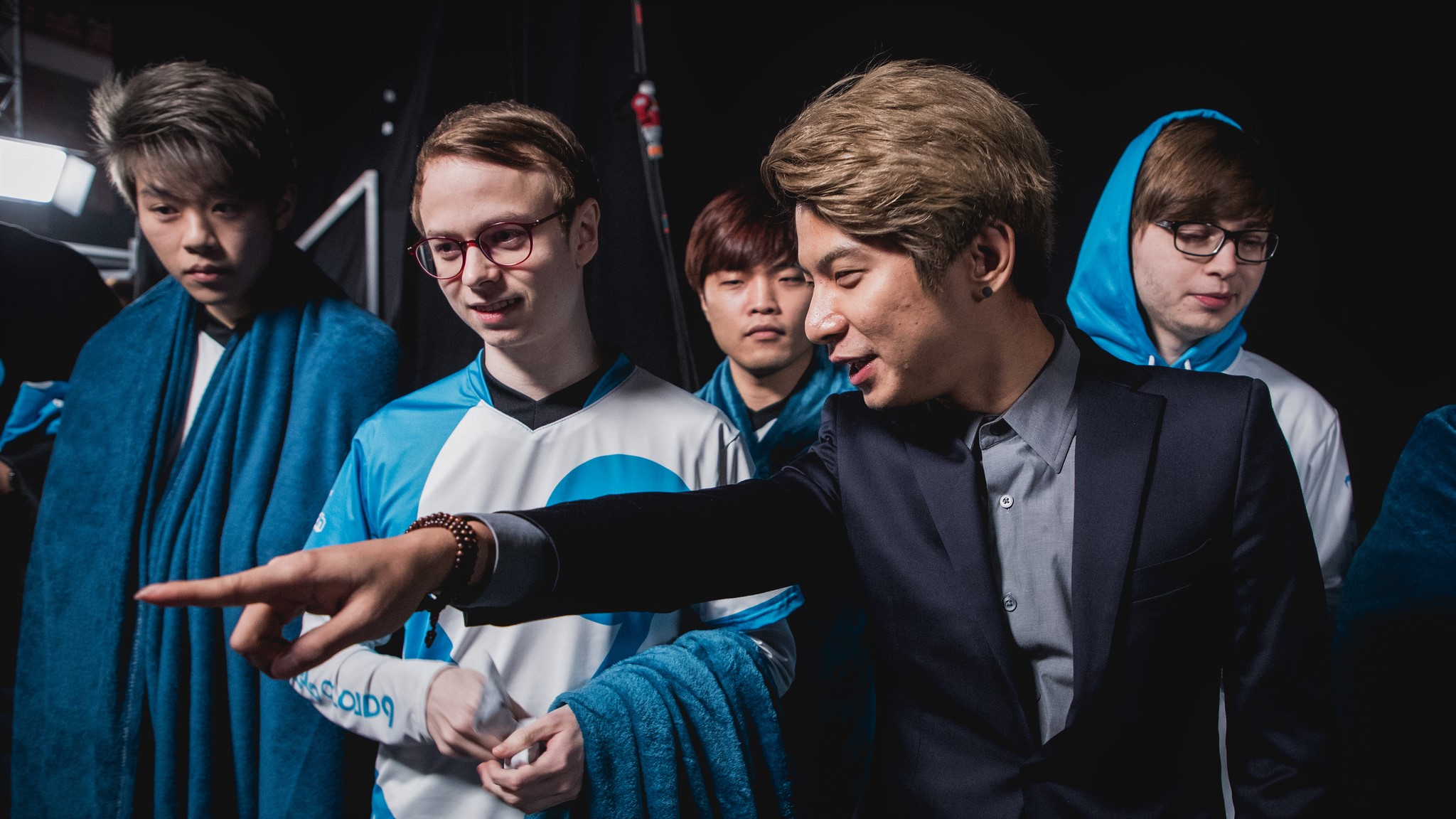
Teams owned by the NBA’s Cleveland Cavaliers, Golden State Warriors, and Houston Rockets don’t have the same monetary concerns that older esports clubs like Cloud9 do. Instead of looking for investors, these teams simply need to ask for funds, from organizations that are worth millions. Etienne plans on learning from these incoming powerhouse organizations when it comes to growing Cloud9’s brand. As for the fans, Etienne believes that the rest of the LCS will now be able to grow much larger communities without the fear of “disappearing overnight” thanks to relegation. Teams already in the NA LCS with large fanbases are the same ones that haven’t had to worry about relegation—Cloud9 and TSM, mostly—because they’ve historically had very strong rosters. Cloud9 and TSM have around 600,000 and 1.5 million Twitter followers respectively, as well as over 500,000 likes each on their Facebook pages. Despite these huge names entering the league, though, Etienne believes Cloud9’s chances are very good when it comes to growing its community, because, to him, fans root for teams that win. “At the center of everything we’re doing, we’re always looking to build very competitive teams,” Etienne said. “One of the best ways to stand out is to perform at the top of the league, so we can get into the playoffs, qualify for Worlds, and then do well at Worlds. That’s always goal number one. “The lessons I’ve learned in esports over the past seven years are still going to serve me very well [against those teams]. We’ve been doing this for a while, and we have a good understanding of what it takes to win.” Both the new teams hailing from the NBA and the older esports teams will have unique advantages when it comes to winning and earning more fans. The Warriors, Cavs, and Rockets know how to be champions in their own sport, but organizations like Cloud9 have the home-court advantage when it comes to running an esports organization. The teams from the NBA, however, know how to land huge, non-endemic sponsorship deals, and that means their funding might be less limited—at least for now.
The old gang is breaking up
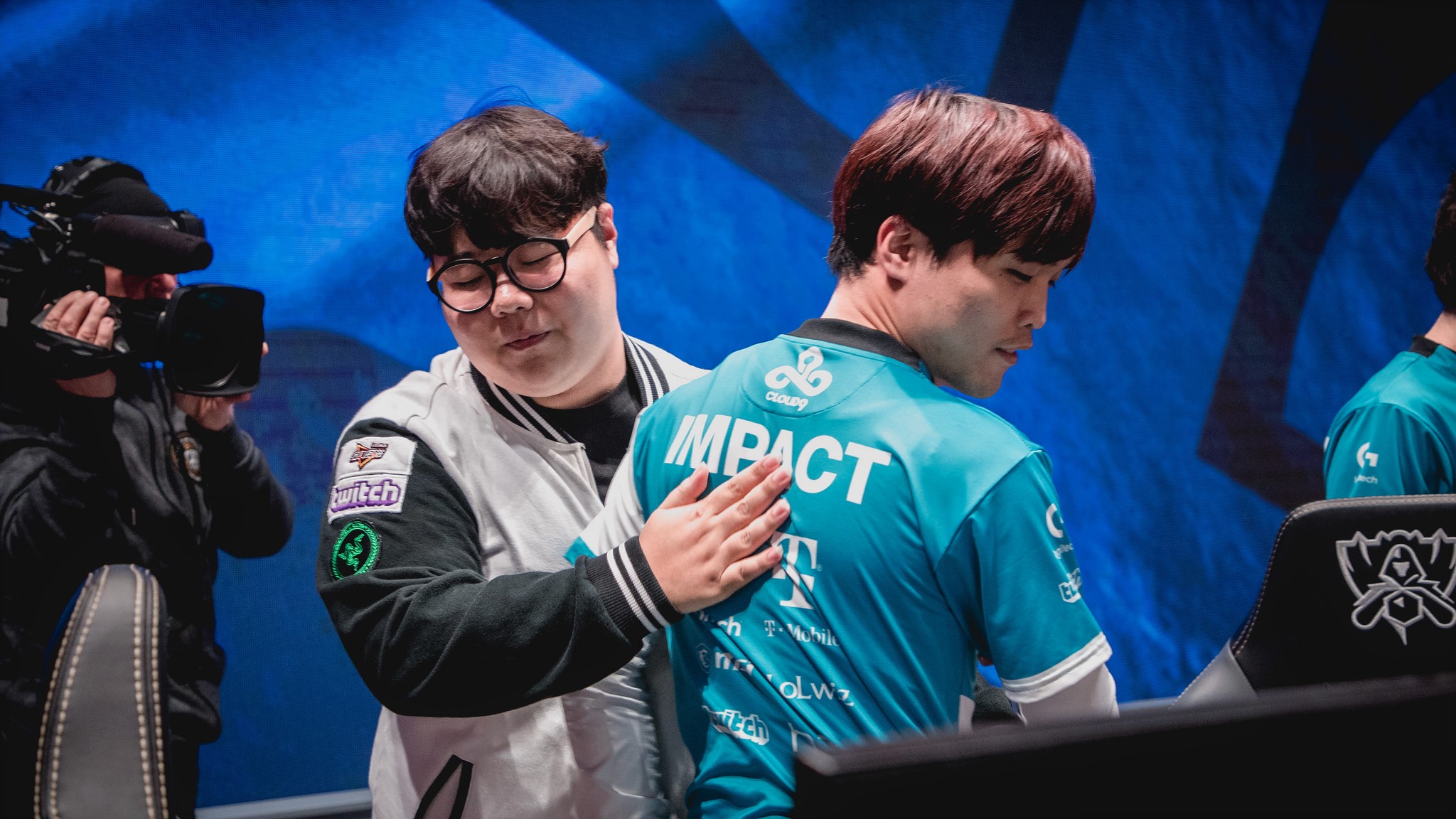
Cloud9’s League squad certainly aren’t strangers to winning, but for the past few years it seems like they only know how to win at Worlds, and even then, only through the group stage. Domestically, Cloud9 have been falling to TSM in the playoffs for years, and it looks like it might be time for some change. Roster changes don’t come lightly for a team like Cloud9, though. According to Etienne, when you join Cloud9, you’re in it for the long haul. That’s why Juan “Contractz” Garcia’s arrival last year was so noteworthy, and that’s why last week’s reports of Jung “Impact” Eon-yeong’s departure were hard to grasp. It’s not all doom and gloom for Cloud9 fans, though. For starters, Impact’s departure is far from finalized. He has entered free agency following the end of his contract, but the Cloud9 team still want him to return to play for them. He hasn’t decided on anything, and he may very well come back. If he did return, though, he probably wouldn’t be a starter, because Eric “Licorice” Ritchie is officially joining the team, and Etienne has big plans for the rising star. At the most, Impact would probably share the role with the new top laner. “We are bringing back one of our own,” Etienne said. “[Licorice] was on the Cloud9 Challenger sub team, and it was a team that was put together and directed by Hai [Lam]. When it didn’t seem viable for Cloud9 to have a Challenger team anymore, I was planning to have Licorice in as a sub to continue to develop him in-house. But this opportunity came up for him. [eUnited] really wanted him, and they said, ‘Hey, the best way to develop is to get him on stage,’ and they convinced me. “This was something Licorice wanted to do, to fight his way into the LCS. So, we made that trade happen, and I had a buyback option. We’re exercising that option, and we’re bringing him back. My hope is that Impact will come back as well, but that’s still in the air.” If Impact and Licorice were on the team together, Licorice would probably still see a lot of stage time, as Etienne calls him “top-tier talent.” As for Jeon “Ray” Ji-won, the team’s substitute top laner in 2017 that often started games ahead of Impact, there’s a very good chance he won’t be returning. He wants to explore opportunities in Korea, and Cloud9 agreed. Several teams are interested in him, according to Etienne, but nothing has been locked in yet. If Ray can’t find an attractive deal on one of these new teams, he may still return to Cloud9, but he has been given the green light to try out for these rosters. “If that’s what he wants to do, I want to let him go where he wants to go,” Etienne said. Since both Impact and Ray’s futures are still so unclear (Impact’s more so than Ray’s), it’s too early for Cloud9 to decide on their top lane structure. But, according to Etienne, “We (Cloud9) could really use [Licorice]” as their primary top laner. Other than Impact and Ray, though, the rest of the Cloud9 family will be returning for the 2018 Spring Split.
Closing the gap
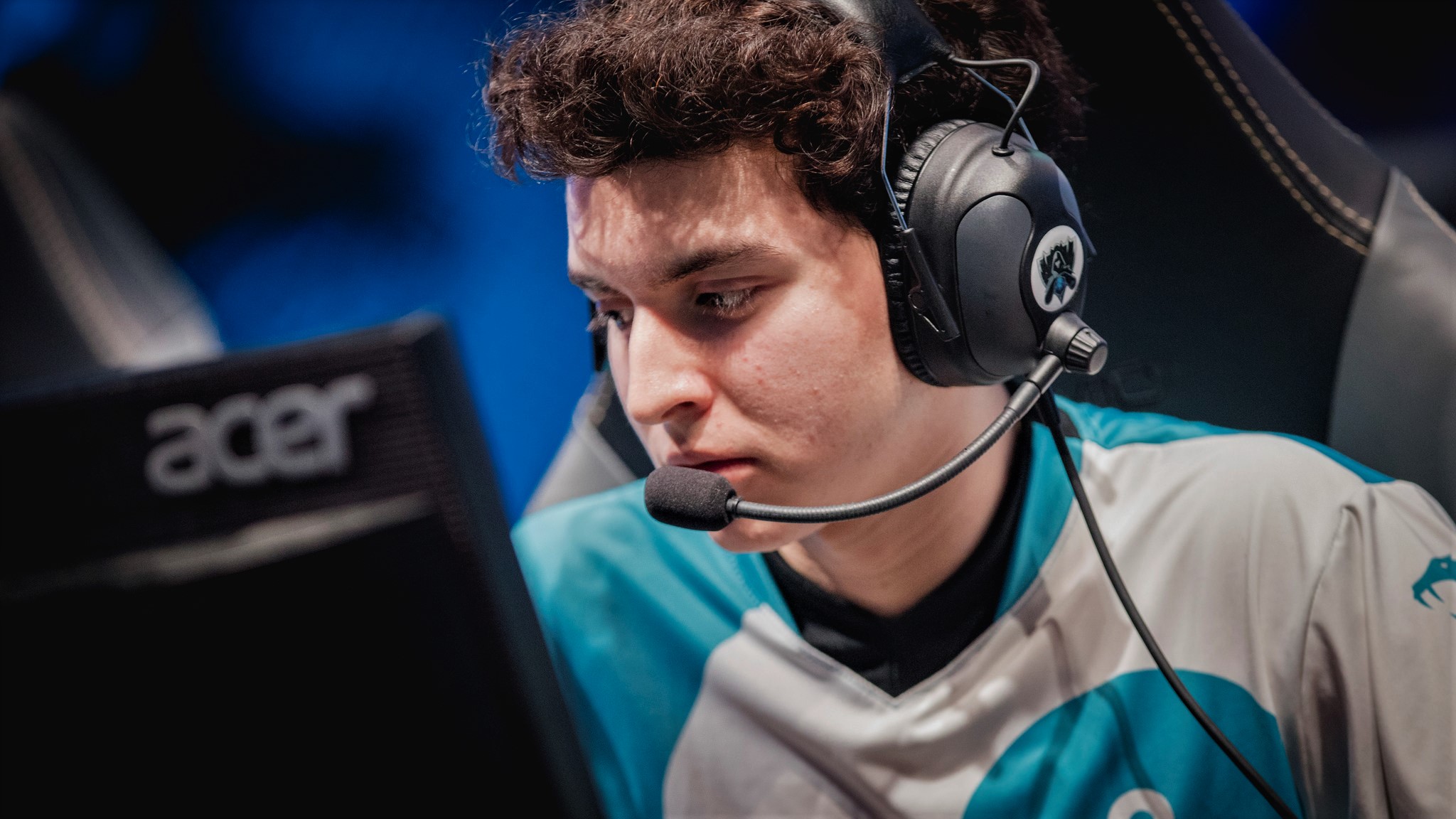
League of Legends changes a lot every year, but a few things have remained constant: Korean teams dominate at Worlds, and Cloud9 plays better than any other NA team. For three of the past four years, Cloud9 has made it to groups, which is more than any other top talent from NA can say, including TSM, CLG, and 2017’s Immortals—who are no longer in the league. Despite that, Cloud9 still can’t hold a candle to the eastern regions, especially the LCK. Etienne doesn’t have the magic trick that will close the gap for Cloud9 and the rest of the West, but he has an idea that may help. Drop import restrictions. “I think [Riot] should drop import restriction rules, so teams can pick up whomever they want and field the best team,” Etienne said. “I know a lot of people disagree with me on that… I’d love to see [Riot] relax those rules a bit, at least. “It would be really cool if maybe the western regions, Europe and North America, could be considered one region, where European and North American players could move back and forth. We’ve both been behind, frankly, for a really long time, and I think that could make us more competitive. This is a personal thing for me, but I would love it if they would lax the rules for Europe.” It’s undeniable that both China and Korea produce more League players than North America. Across all of China’s game servers, there are roughly 110 million active players, according to a game census published by a League data site this summer. Among all the players in the game’s single-server regions, Korea has almost 25 percent of all players, and North America only holds 10 percent. Etienne argues that increasing the pool of players that the West has to choose from could be a good step towards tighter competition. Whether or not Riot does something that dramatic, Etienne has faith that the company will steer the league in the right direction. He, along with many others, view the shift to franchising as a step toward the NA LCS becoming the best esports league available. That, combined with the decision to convert back to best-of-ones for the broadcasts, should make 2018 a great year for League of Legends. With best-of-ones, Riot will include every single LCS game on one broadcast, rather than having multiple games at the same time. This way, fans won’t have to choose which games to watch at any given time, creating a better viewing experience. “For years [Riot] has guided us to make a really strong league…They’ve proven that they can make the most popular league in all of esports, and I think they’re going to continue to be a leader.”

